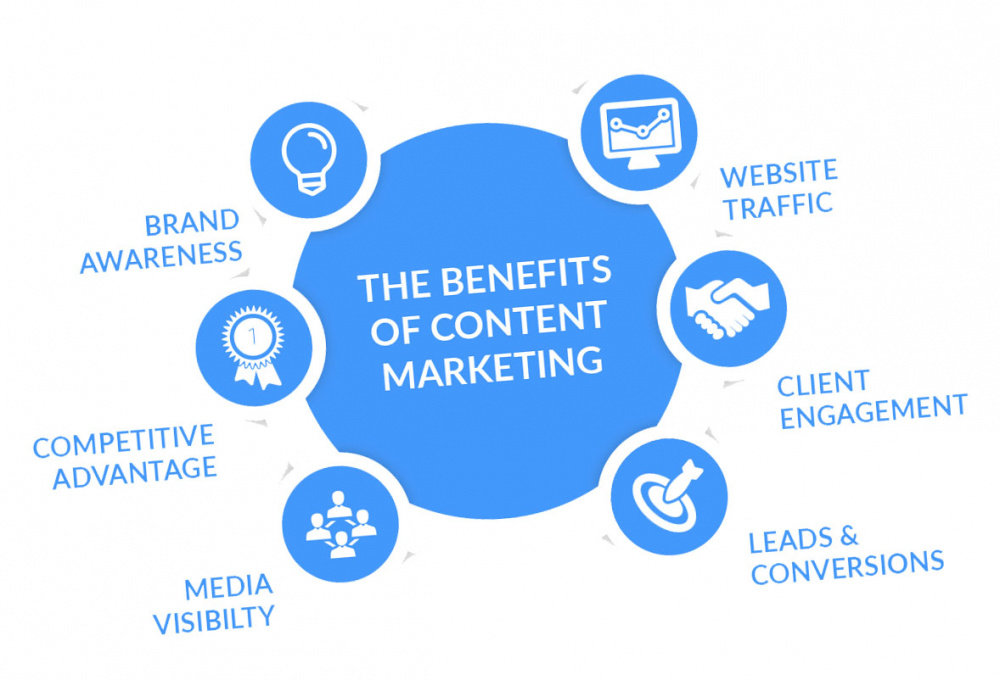Content marketing involves creating interesting and valuable content for potential customers and distributing it on your own platforms or external ones. Content can be textual, graphic, video, or audio, although text-based publications in media outlets and prominent thematic portals are most commonly used.
Compared to article promotion as it was used by optimizers two to three years ago, content marketing stands out for the quality of materials and their usefulness to the target audience. When publishing on prominent resources, it is essential to align with their style, and in the case of media outlets, create full-fledged journalistic materials such as interviews, reviews, and analytical articles.
The higher the quality of the content, the more it is viewed, read, and discussed. It also leads to higher click-through rates, link clicks, and shares. In this issue, you will learn how to find platforms with a ready-to-engage target audience, understand the formats that interest them, improve your company's reputation online, and derive SEO benefits from your placements.

Content marketing (CM) pursues several goals: PR effect, HR branding, increased loyalty, sales growth, and SEO impact. In website promotion, CM plays a significant role in increasing the site's quotability.
Accordingly, the KPIs of content marketing can and should include:
The results of content marketing are long-term, and rapid growth should not be expected. However, it is necessary to measure everything, understanding that these are intermediate steps. We have observed in projects we have tracked for a year or more that content marketing is effective: materials continue to bring benefits even after several months if they are interesting and easily discoverable through various search queries in search engines.

To acquire a natural backlink profile, it is essential not only to create quality content but also to place it correctly by analyzing our own website and competitors. Here's what we analyze:
Content Marketing Cycle In the example provided, it is evident that the promoted company lags behind the leader in terms of mentions for both the website and the company name. It is advisable to focus on aggregated data from several competitors, analyzing the top 10 or preferably top 30 competitors over the past six months.
By tracking mention dynamics, you can determine the pace at which brand recognition can be increased and external publications can be made. Armed with a ready list of platforms and knowledge of the content types preferred by the target audience, you can develop a specific content plan with relevant topics, initiate discussions with resources, and create a calendar for publication. We suggest publication topics based on client interviews, Google Analytics data, competitor analysis results, and platform-specific considerations.
When it comes to formatting links in publications, there are no specific requirements for natural links, and it is crucial to rely on logic and common sense. If you are discussing a specific product, service, or news in an article, the link should be directed to the specific page without using anchor text. It is crucial to avoid trying to force a specific keyword into the link, as it will make it appear commercial in nature.

In the realm of content marketing, we identify and analyze platforms where our company or competitors are frequently mentioned. We begin by using automated methods (through the "Cribroom" service) and then proceed with manual analysis. We examine how representatives of the target audience communicate and the context of these mentions - whether they are positive, neutral, or negative. Based on this data, we develop our communication strategy, identifying resources where our company is being discussed but lacks referrals simply because there is no link to our website.